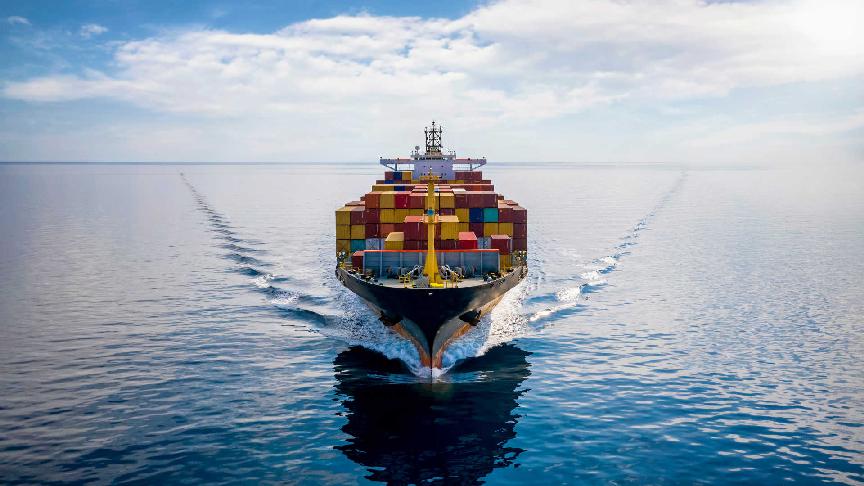14 March 2024 (Lloyd's List) - THE reefer market is nothing if not time-sensitive, and is still recovering from the crisis period during the pandemic when snarled-up supply chains had an even more severe impact than for the dry sector.
After a year of virtually no growth, it is now facing fresh challenges as it seeks to recover, particularly with delays caused by the disruptions to both the Suez and Panama canal trade routes.
While a delay of seven to 10 days may be annoying for cargo owners, for reefers it is a bigger problem.
“Imagine exporting something in a reefer container from Morocco to the Middle East,” Accenture consultant Michel Lootens told the S&P Global TPM conference in Long Beach.
“Normally that is a very short journey with a shortcut through the Suez Canal to get to market. Now you have to go all the way around Africa. The reefer market is more affected by the Red Sea rerouting than the dry market because reefers are more time sensitive.”
Lootens estimates that 1.1m teu per year moves through the Suez Canal under normal circumstances.
Reefer cargo makes up just 6% of global container volumes, making it a niche product for container lines.
Moreover, lines are focusing now on redesigning their networks to allow for the longer routing around the Cape of Good Hope to avoid the Red Sea. This is likely to lead to problems further down the line, particularly with reefer equipment positioning.
“The peak season in the fresh market is underway now and in most cases container equipment was in place,” Lootens said.
“But if this situation continues into the second half of the year when there is a secondary peak, it will be more challenging for the lines to reposition empties because of the network situation. All the ships are tied up and this will make it more difficult for lines to prepare.”
Walmart, the largest US importer, does significant volumes of reefer cargo, particularly out of South America.
But its South America supply chain director, Mauricio Padrón, warned that the canals were not the only issue facing reefer supply chains.
“In the reefer world, there is more than Panama and Suez,” he said.
“We also see how different countries are switching production areas and how production is changing to different continents. We face a banana disease coming into the Americas, for example, that could have a serious impact on the business.
“We also have challenges in terms of fires and problems with rainfall. It is a world with a lot of challenges.”
The shortage of supply and geopolitical challenges had changed Walmart’s approach to suppliers.
“We are working to understand those challenges and see how we navigate them with out logistics partners,” Padrón said.
“We are moving towards surety of supply. This means arrival times, getting the products on the shelves when they are needed. This has changed our approach to freight drastically. We are still fighting for cost savings, but surety of supply is now the number one, two and three concern.”
That also meant working with transport suppliers to try and improve schedule reliability that was as low as 50%-60%.
“That is a real challenge,” he said. “If we try to think ahead of the game without support from the carriers on goods arriving on time, growers and exporters will continue to have inconsistency with the arrival of stock.”







